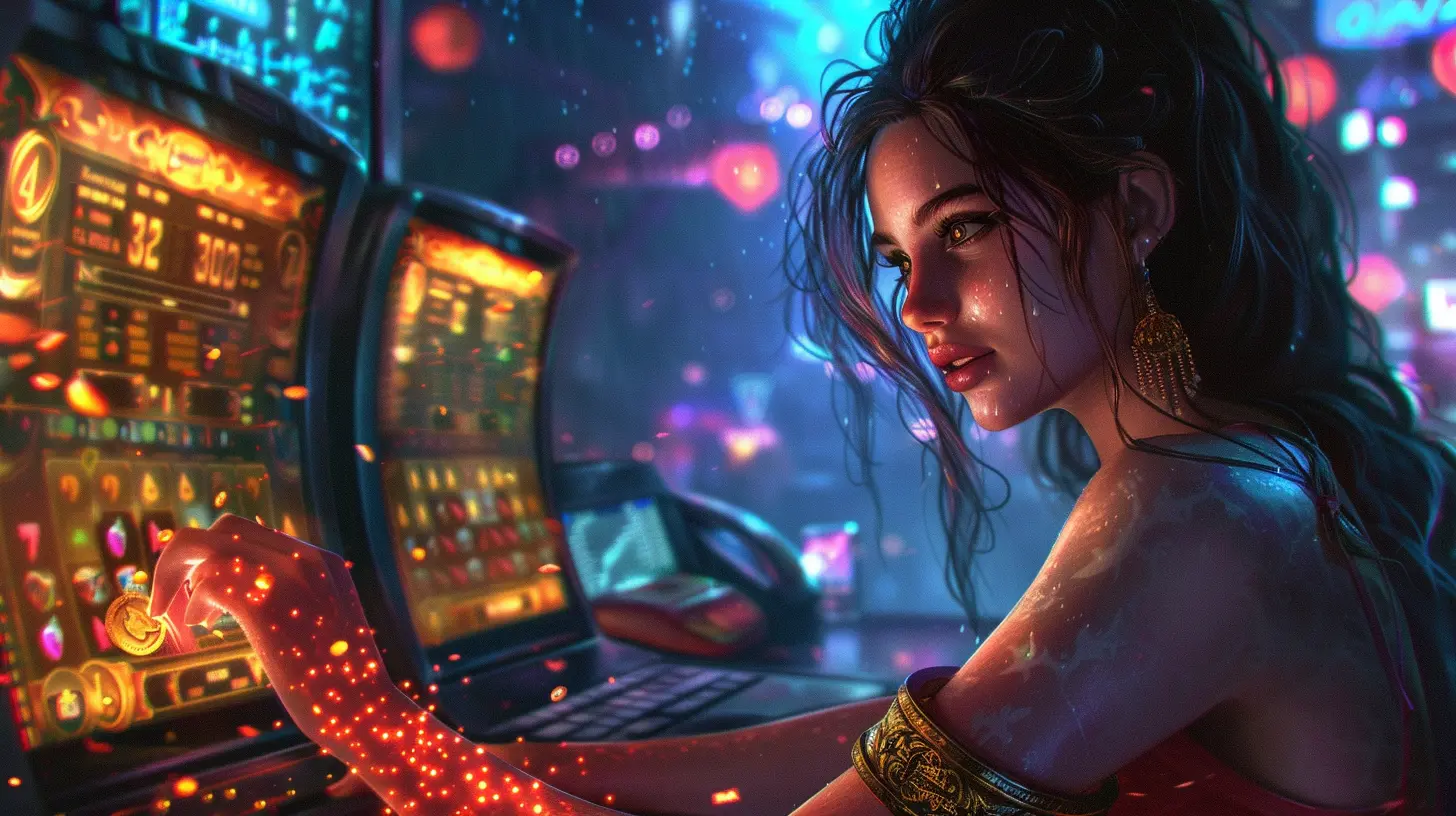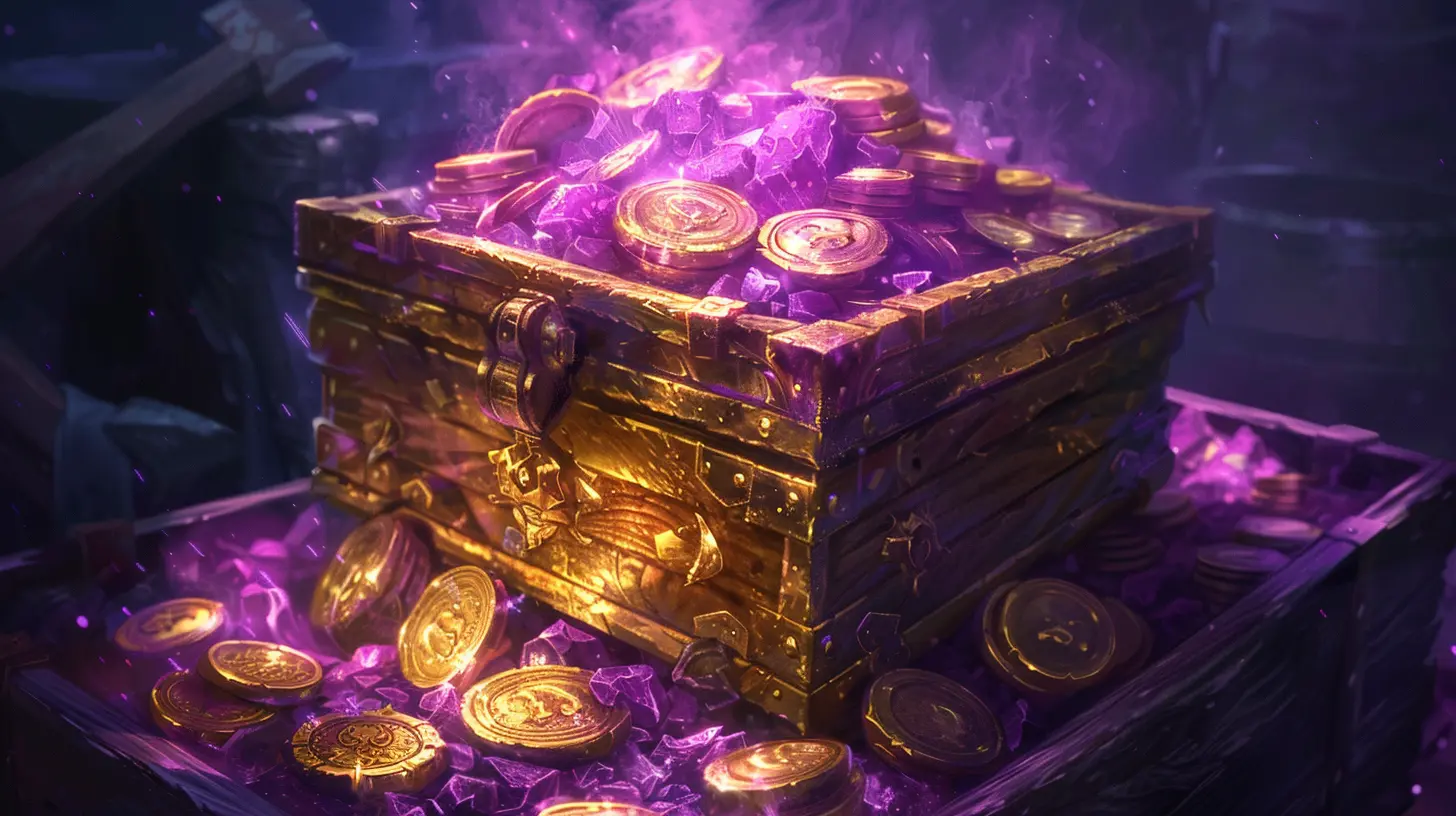Are Gamers Becoming Desensitized to Microtransactions?
19 October 2025
Microtransactions. Just hearing the word can make a gamer's pulse race—either from frustration or begrudging acceptance. Over the last decade, these tiny digital transactions have embedded themselves into the fabric of gaming, so much so that many can't imagine a world without them anymore. But here's the million-dollar question: Are gamers becoming desensitized to microtransactions? Have we simply accepted them as a necessary evil in the gaming universe, or are we just too tired to fight against them anymore?
Let’s dive in, break it down, and figure out what’s going on.
The Rise of Microtransactions: Where Did They Come From?
First, let's rewind a bit. Microtransactions—small purchases made within a game—weren't always the norm. Back in the day, you’d buy a game, slap the disc into your console or PC, and that was it. You got what you paid for. No strings attached. It was simple, wasn’t it?Fast forward to the early 2000s, games started experimenting with downloadable content (DLC). Think of DLC as the older sibling of microtransactions. You’d buy expansions or add-ons to prolong the experience. Harmless enough, right? But then mobile games burst onto the scene with their "freemium" model. Games like Candy Crush and Clash of Clans showed publishers that players were willing to spend real money on virtual things—extra lives, shiny skins, you name it.
And boom—microtransactions became a goldmine.
Why Do Microtransactions Keep Showing Up?
Let’s not sugarcoat it: Microtransactions are a business strategy, plain and simple. Game development isn’t cheap. With skyrocketing budgets and longer development cycles, publishers started looking for ways to make more money after the initial sale. And guess what? People were more than willing to pay.Nowadays, microtransactions come in all shapes and sizes:
- Cosmetic items: Skins, outfits, and purely visual upgrades (making your character look cooler—because who doesn’t want to flex?).
- Pay-to-win mechanics: Upgrades or gear that give players an advantage (though these are way more controversial).
- Battle passes: Tiered rewards systems often tied to a season or limited time frame.
- Loot boxes: Randomized rewards you gamble real money on, like scratching a lottery ticket.
It’s no wonder publishers keep pushing them. The model works because it taps directly into human psychology. We love instant gratification. And when “just one more dollar” promises to unlock a shiny new skin or better gear, that temptation can be hard to resist.
Are Gamers Tired of Fighting Back?
You’ve probably noticed something weird. At first, whenever a game tried to shove microtransactions down gamers’ throats, the backlash was immediate and loud. Remember Star Wars Battlefront II? It became infamous for its loot box mechanics that left fans fuming. Gamers united, the controversy exploded, and EA had to scramble to fix things.But fast forward to now, and you don’t see that same level of uproar for every game. Why? Are we just...over it? Are gamers throwing in the towel?
1. Fatigue: The Fight Feels Pointless
Let’s be honest—it’s exhausting to fight the same battle over and over again. Publishers keep coming up with new ways to monetize games, and no matter how angry players get, it feels like nothing ever changes. It’s like screaming into the void. After a while, gamers seem to just shrug and think, “Well, if you can’t beat ’em, join ’em.”2. Normalization: It’s Just Part of Gaming Now
Think about how often you see microtransactions when gaming. In mobile games? Everywhere. In AAA games? Almost always. Even indie games are getting in on the action. When you’re exposed to something long enough, it starts to feel...normal. That’s just how humans work. What once felt like an outrageous cash grab is now just "the way things are."
When Is It "Too Much"?
Sure, some gamers have stopped caring, but not everyone has waved the white flag. There’s still a line that, when crossed, sparks outrage.1. Pay-to-Win Scenarios
The quickest way to light a fire under players? Introduce pay-to-win mechanics. Nothing ruins a game faster than knowing someone with deeper pockets can bulldoze you just because they bought better weapons or upgrades. It undermines skill, and most gamers hate that.2. Greedy Monetization
If a game starts feeling more like a cash machine than a fun experience, it’s game over. Imagine paying $70 for a full-price game, only to be bombarded with DLC, skins, loot boxes, and battle passes. It's like paying for a buffet but being charged extra for every plate.Why Gamers Keep Spending Despite the Hate
Here’s the kicker: Even though players rage about microtransactions, they still spend money on them. Why? It’s not as simple as “gamers are hypocrites.” There are valid reasons why microtransactions rake in billions annually.1. FOMO (Fear of Missing Out)
Limited-time offers and exclusive items create a sense of urgency. Miss it now, and you might never get it again. Nobody wants to be the only one in their squad without that cool seasonal skin.2. Convenience
Sometimes grinding for in-game currency or unlocks feels like a chore. Why spend 10 hours farming when you can buy the item for $5 in seconds? It’s like fast food—sure, you could cook at home, but that burger on your way home is just so easy.3. Support for Developers
Some players justify purchases as a way to support the games they love. They figure, “Hey, I’m getting hundreds of hours of fun out of this, so throwing in a few bucks isn’t a big deal.”Are We Stuck With Microtransactions Forever?
It might feel like microtransactions are here to stay—and maybe they are—but there’s still hope for change. Gamers have proven time and again that they can force publishers to rethink their strategies. If the backlash is loud enough, publishers have no choice but to listen. But here’s the thing: for real change to happen, players need to vote with their wallets. Complaining online doesn’t mean much if you’re still buying loot boxes.So, are gamers becoming desensitized to microtransactions? Maybe. But that doesn’t mean the fight is over. It just means the gaming community needs to get smarter about how it pushes back.
Final Thoughts: Where Do We Go From Here?
There’s no denying that microtransactions have become a massive part of gaming culture—whether we like it or not. Some players have accepted them, others tolerate them begrudgingly, and a vocal minority still fights back. In the end, the gaming industry thrives on what gamers are willing to pay for. If enough people say, “No thanks,” publishers will have to rethink their strategies.Until then, the best advice? Spend wisely. Don’t let FOMO or flashy cosmetics trick you into spending money you’ll regret later. Remember: At the end of the day, it’s your wallet that speaks loudest.
all images in this post were generated using AI tools
Category:
MicrotransactionsAuthor:

Greyson McVeigh
Discussion
rate this article
1 comments
Otto McLaury
Great article! It’s crucial to discuss how microtransactions impact gaming experiences and community. While some players may accept them, it's essential to prioritize fair practices to ensure enjoyment and maintain the integrity of games. Looking forward to more insights on this topic!
November 5, 2025 at 4:36 PM

Greyson McVeigh
Thank you! I appreciate your insights and fully agree that fair practices are key to preserving the integrity of gaming experiences. Stay tuned for more discussions on this important topic!


